OUR REGENERATIVE JOURNEY
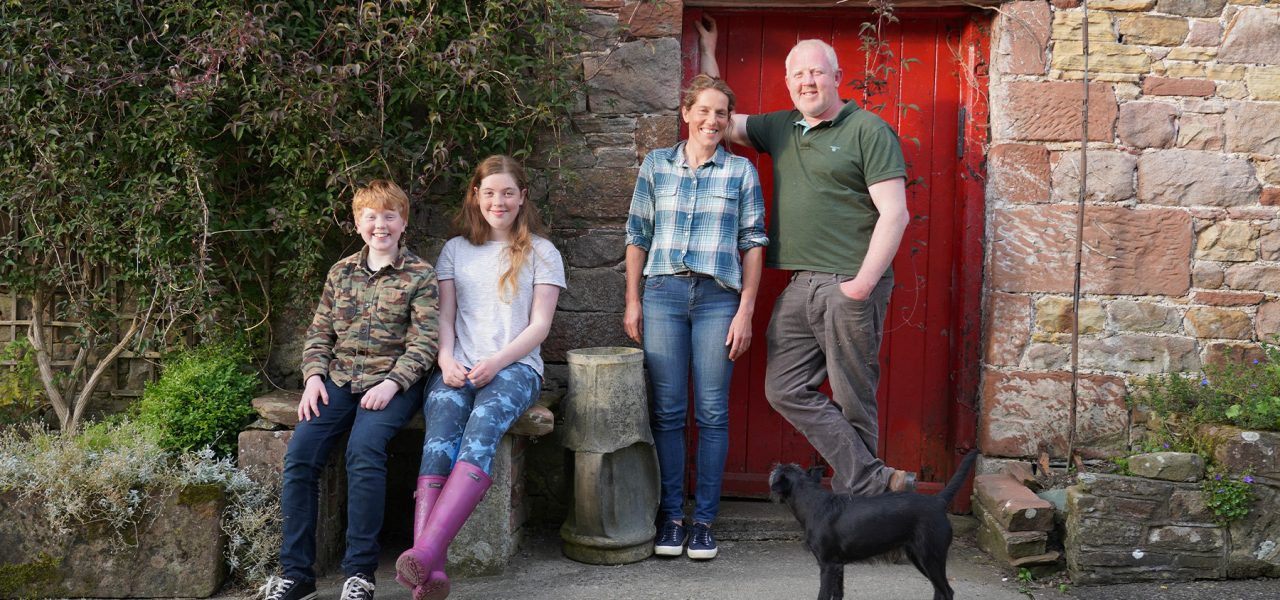
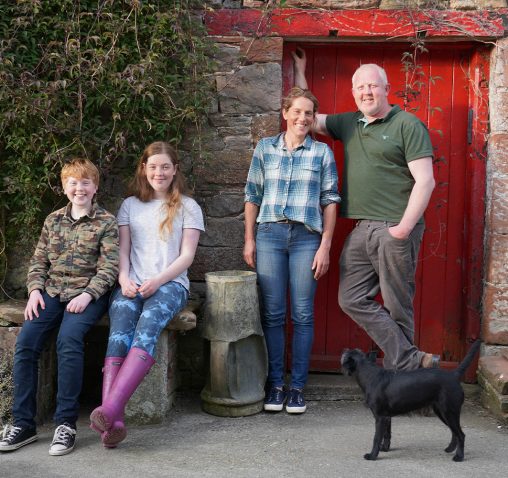
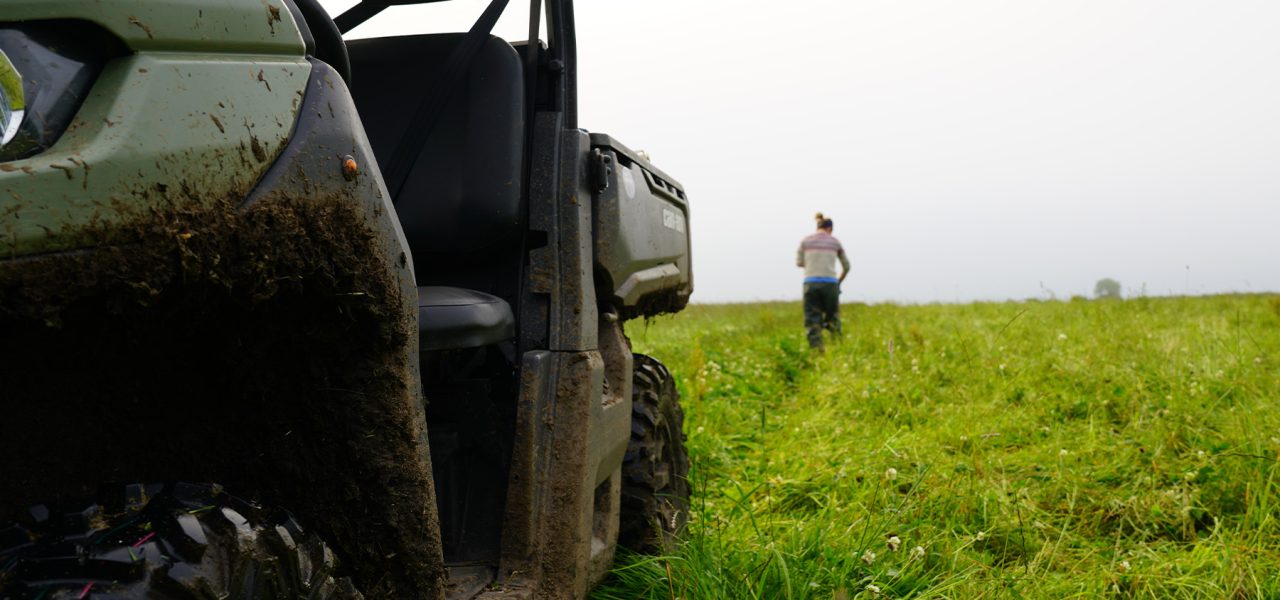
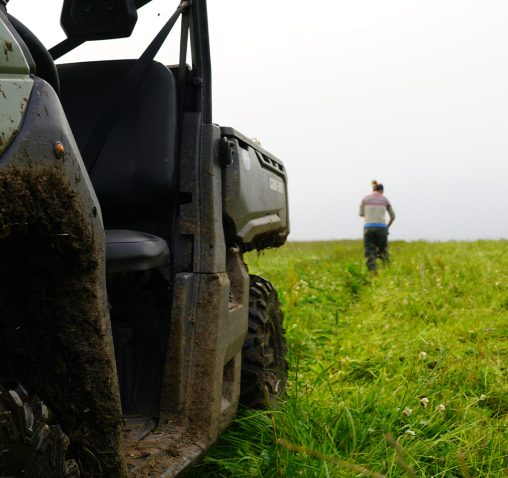
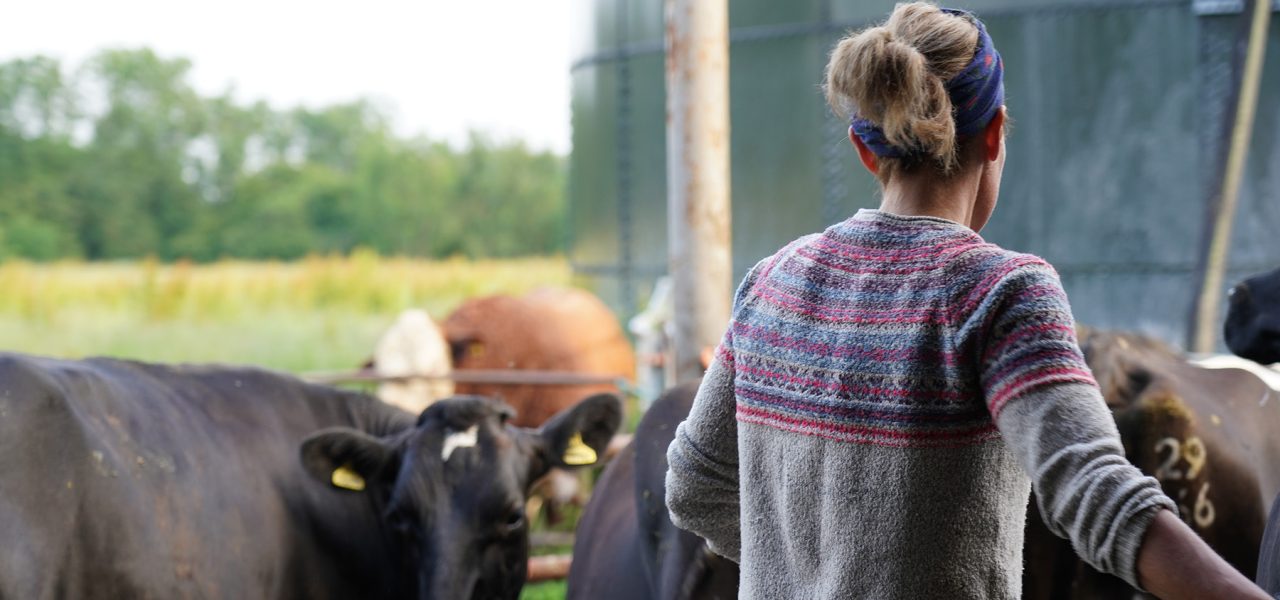
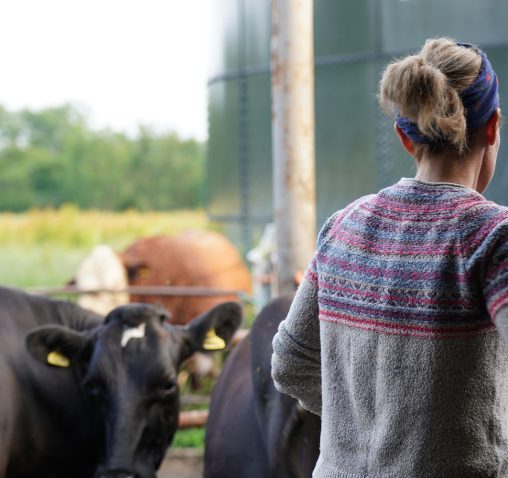
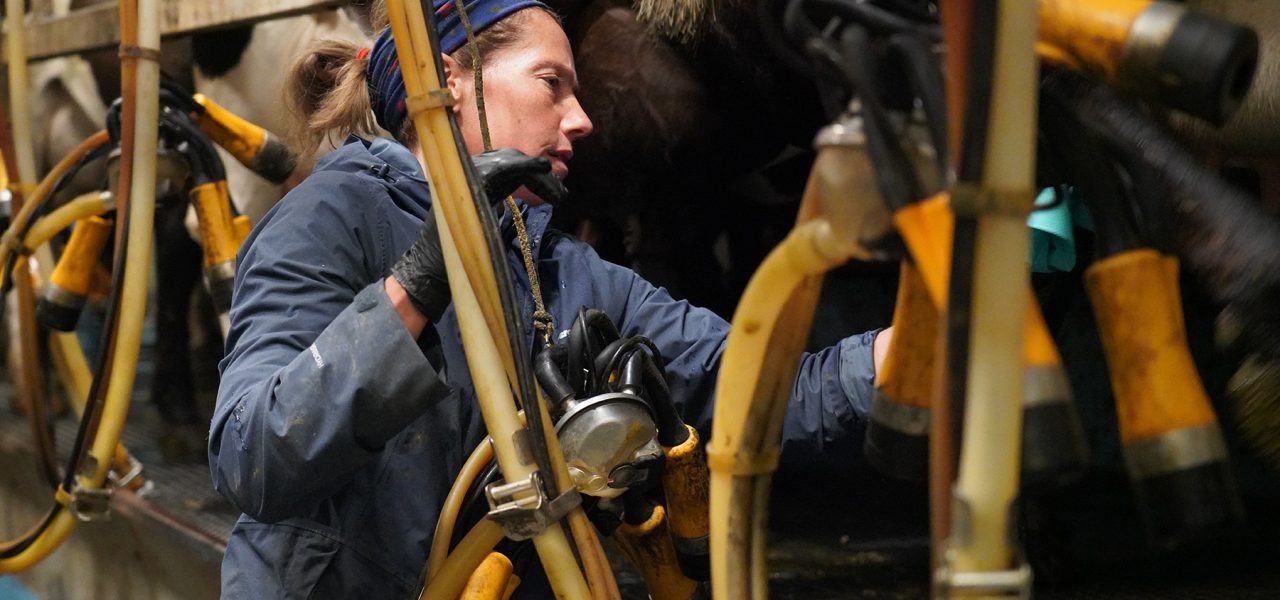
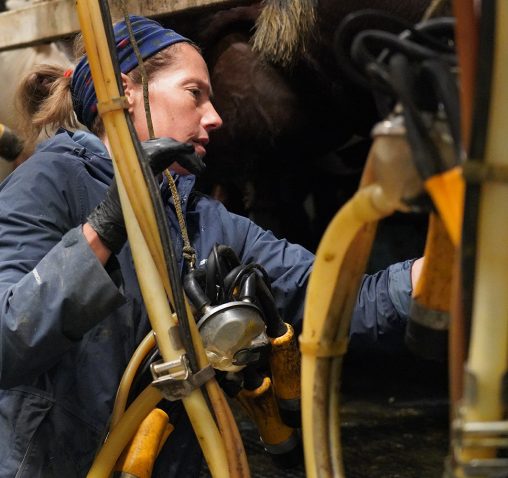
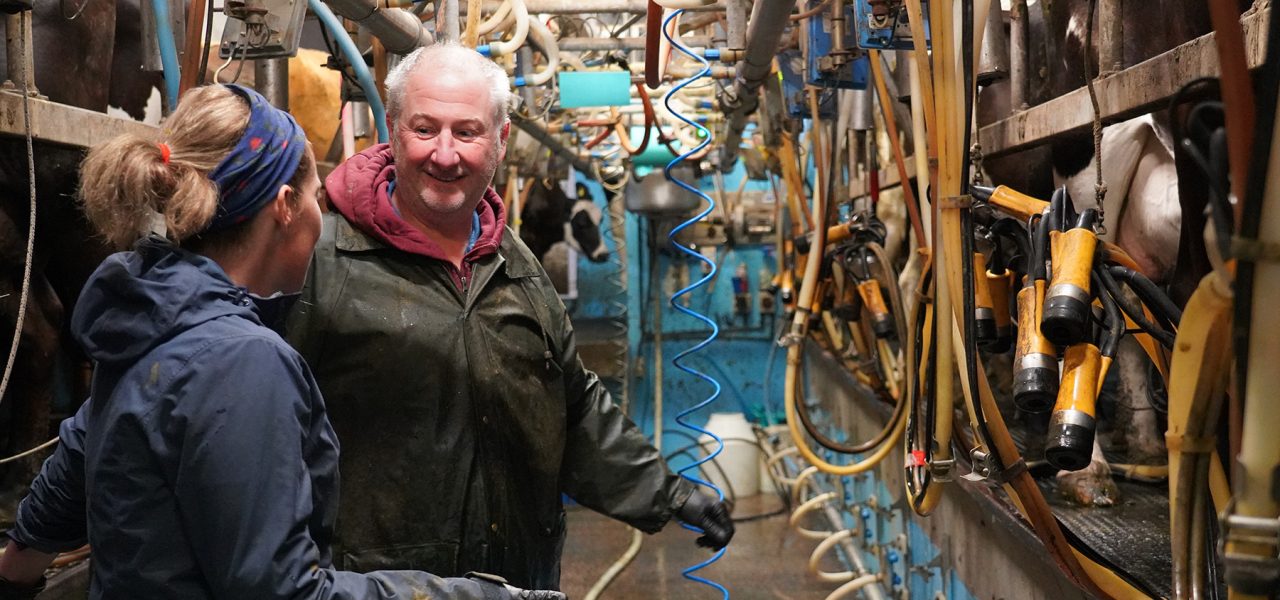
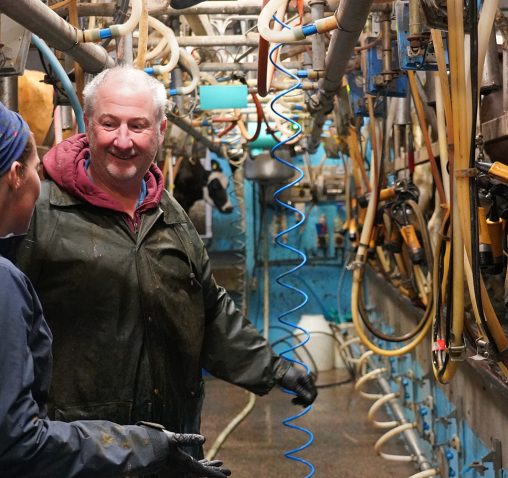
It’s amazing what you can discover when you take time to pause or stop what you’re doing and realise what’s right in front of your eyes.
No matter whether you’re rearing livestock or growing crops – or both – farming is never easy. The price we were getting paid for our milk was pitifully low and we’d found ourselves in a situation where we were just trying to produce as much milk as possible to achieve a modest turnover.
The herd was much bigger and therefore milking was a greater undertaking; moving the cows from pasture to parlour two or even three times a day was exhausting for us all, so they ended up spending more time in the barns.
This meant we were supplementing their diet with bought-in feed, including grains, which was an expensive overhead and something any farmer can do without.
It was a situation that just wasn’t healthy for our cows, for the land, for us and our family.
Back then we would spray the fields with herbicides and pesticides to suppress growth of what many perceive as troublesome weeds and keep unwelcome insects and parasites at bay – it was just what farmers did, right?
But one day we noticed that a few of the nozzles on the boom sprayer were blocked, meaning that a long strip of the field hadn’t received the herbicide. It was late in the day, we were tired, so that stretch would just have to go untreated.
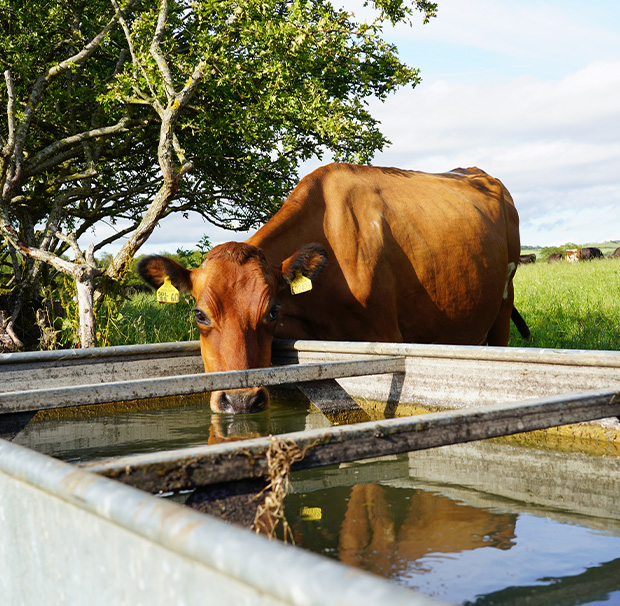
A week or so later our herd were brought into this particular field and what we witnessed was nothing short of incredible and what was to become our ‘lightbulb moment’.
Every one of those cows, without exception, headed for that strip of untreated land and started to graze; not just on the grass, but on all the plants that had grown in the recent days – native clovers, chicory, herbs, dandelion and legumes.
Those cows knew what they wanted to eat.
Witnessing first-hand how our cows actively sought and thrived on a more diverse diet was the very moment in time where we can say started our journey to gaining organic accreditation and committing the future of the land at Park House Farm to regenerative farming.
In 2017 we stopped all chemical fertiliser, pesticide and herbicide use and three years later had converted to full organic status.
We have also become somewhat obsessed with dung beetles… granted, they are not the most obvious livestock for a dairy farm, but we consider them to be a very welcome one.
A healthy cow pat is somewhat akin to an iceberg, with what you see on top being just a small part of the story. The reality is that the presence of dung beetles in the manure is a sign of a healthy ecosystem, with these and similar insects drying-out the cow pat and pulling nutrients back down into the soil.
We’re no fools and know that the task of regenerative farming is an ongoing commitment, but it’s a commitment we’ve pledged to uphold for the sake of our land, our livestock and all our futures.

